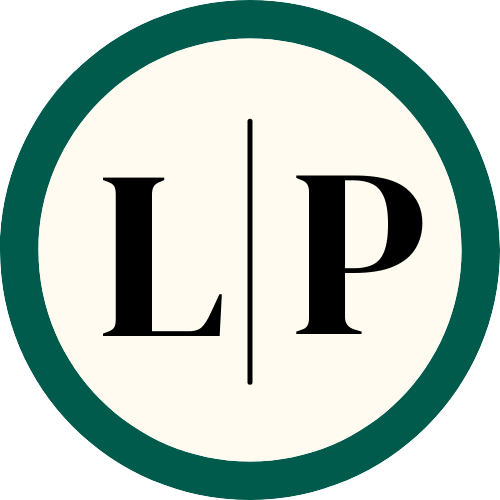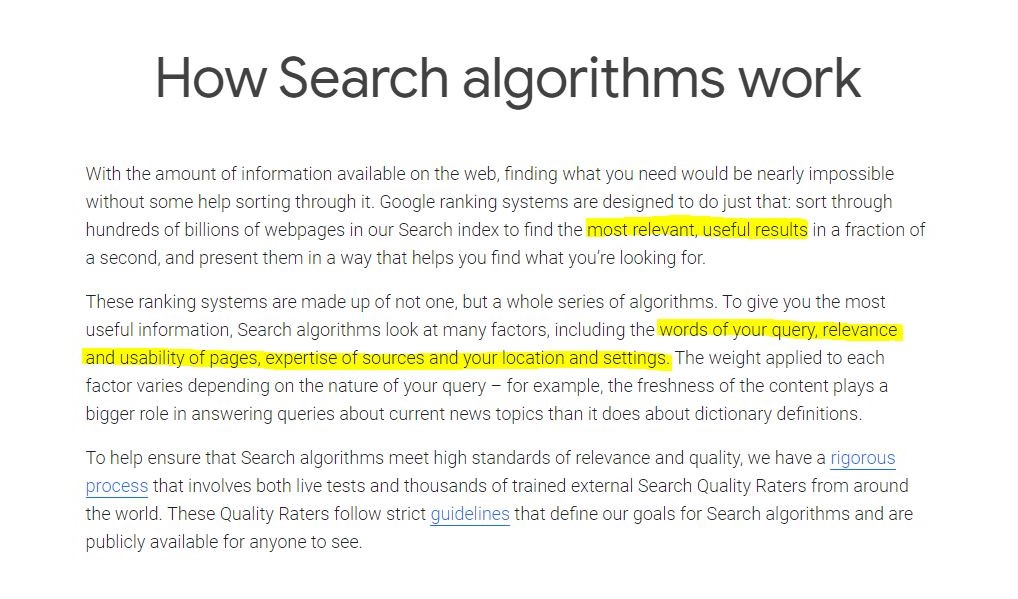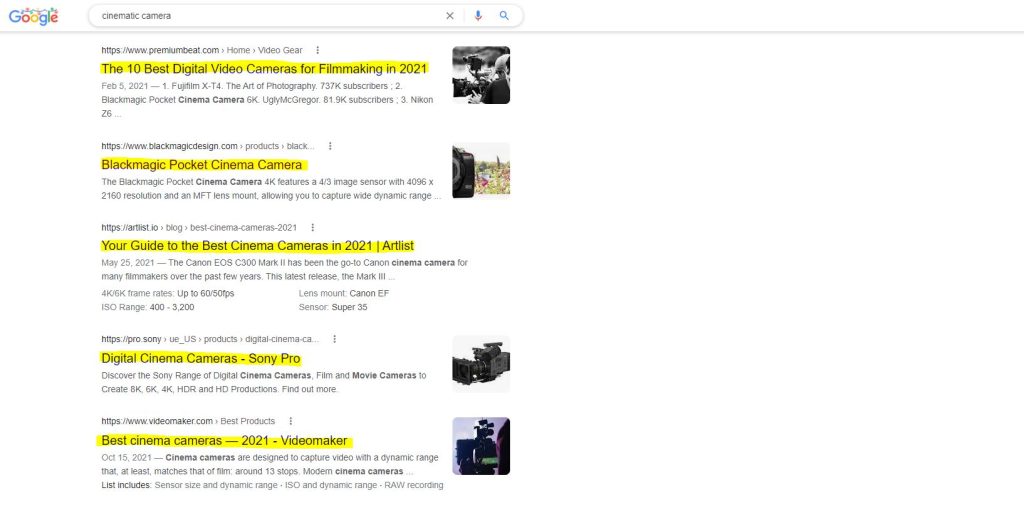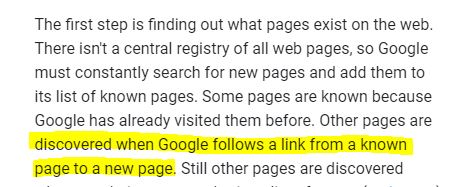Onsite SEO: A Beginner’s Guide
In the previous article, we’ve briefly talked about the three types of search engine optimization (SEO) and how they work together to increase a website’s ranking.
Today, we will take a deeper dive into the first type—Onsite SEO, and some of its best practices.
WHAT IS ONSITE SEO?
Before we begin, let’s do a quick revision of what onsite SEO is:
Onsite SEO is primarily about website content. It is the practice of adjusting and optimizing content within your website to improve the website’s search engine ranking, from everything a visitor can see to HTML source codes.
WHY IS ONSITE SEO IMPORTANT?
Search engines like Google look at a page’s content to determine whether it is relevant to their users’ search queries. The higher relevance and usefulness it has, the better ranking it will have on the search engine results pages (SERP).
HOW TO OPTIMIZE YOUR CONTENT?
Make use of keywords throughout your content
Keywords are the center of onsite SEO. These are concepts that describe what your website content is about. They are words and phrases users will type into search engines when searching for an “answer”.
It plays an important role that could determine the ranking of your website. Therefore by targeting the “correct” keywords, you’ll be able to maximize your impact and achieve your SEO goals.
Include keywords in the title tag
Title tags are the names of a specific web page. It is an HTML element—the H1 tag of the web page, the clickable headline that will show up in SERPs. Title tags are the second most important element after content. It helps search engines and users to immediately understand what your content is about.
For most of the time, I will keep the title tags identical to my page or post title. But there are instances when I might change it a bit especially when it gets too long for SERPs.
By the end of the day, you aim to have users quickly identify the context of your web page. If it gets too long and Google has decided to cut it out with “…”, it defeats the purpose.
Put keywords in your headings
Headings might not have a huge impact on your onsite SEO as compared to other elements. However, it is also worthwhile to include keywords in your headers since Google looks into everything when ranking web pages.
Plus from a reader’s perspective, good headers help to guide readers throughout the entire content by giving them a short intro to different sections of a piece of content.
However, this does not mean you should include keywords in every heading. You don’t want your content to be perceived as spammy. Your content should be readable, it should sound natural when adding in keywords.
Write a compelling meta description
Meta descriptions are snippets that Google will show in their SERP. These are generally 150 to 160-character short summaries that give searchers an idea of what your content is about and how it is relevant to their search queries.
Although it is not a must to craft meta-descriptions for your posts, having one would enhance the user experience. This could lead to more clicks and website traffic. If you don’t have a meta description, Google will simply automatically generate one for you.
Optimize your images
Google says they extract information to give them an idea of the subject matter of an image. This could be image captions, titles, and even file names.
…the filename can give Google clues about the subject matter of the image. For example, my-new-black-kitten.jpg is better than IMG00023.JPG.
By default, images are most likely going to use the system’s generic name format—IMG_XXXX when using cameras or smartphones, or Screenshot XXXX when taking screenshots on your computer. Therefore it is very important to rename it with the following suggestions:
- Short and concise
- Use dash between words
- Add descriptive words
- Don’t stuff keywords
Another thing you should do is add Image Alt Text, these are “alternative text” that describes the image context. This is particularly helpful for those who can’t see the images that you’ve provided.
Source: Google Images best practices
Use internal links
Any hyperlinks available on a page that bring users from one page to another within the same domain is called an “internal link”. This is a way to guide users to navigate between pages, and allow visitors and search engines to discover contents within your website.
Source: Google’s How Google Search Works
Internal linking also helps to build the page hierarchy by having web pages pass credibility and authority from one page to another. In general, more links to a certain web page mean a higher value the page will have. Hence, the web page will be more visible in SERPs.
Optimize your URL slug
You’ve probably seen URL slugs with random numbers and alphabets. Just by looking at these URLs, you probably won’t have a single clue on what this web page is about.
An URL slug is the part of the entire website URL that tells people what this specific web page is about. It should be short and precise, making it easy for users to instantly understand and remember.
Just take a look at these two examples:
https://www.dpreview.com/reviews/buying-guide-best-cameras-around-2000
https://www.thephoblographer.com/2020/09/10/the-best-mirrorless-cameras-you-can-buy-for-around-2000
By default, most website building solutions should automatically generate an URL slug identical to the content title. If you leave it alone, it could be pretty long and awkward depending on how you write your title.
OPTIMIZE YOUR CONTENT FOR BOTH SEARCH ENGINES AND HUMANS
Optimizing your content for search engines is vital to improving a website’s search ranking. Ultimately, this is usually how a lot of your visitors discover your website—via organic search. However, take note that search engines also take into consideration how their users see web pages when ranking websites.
Therefore, it is important to optimize content and make it easily readable and understandable for search engines AND users. Since, in a way, both search engines and users work hand-in-hand when determining the ranking of websites.
Don’t ever sacrifice the user experience when optimizing for search engines.
Now that you have an idea of how to optimize your content to improve your website ranking, it is time to implement these practices when building your own website.
If you are still deciding where and how to launch your website, I have two suggestions for you.
Content Management Systems (E.g. WordPress)—more flexibility and control over your website, but a steeper learning curve and might require some coding knowledge
Website Builder (E.g. Website.com)—a simple and easy-to-use website building solution particularly suitable for those who have zero coding knowledge. However, these options tend to have much less freedom when it comes to customization.




